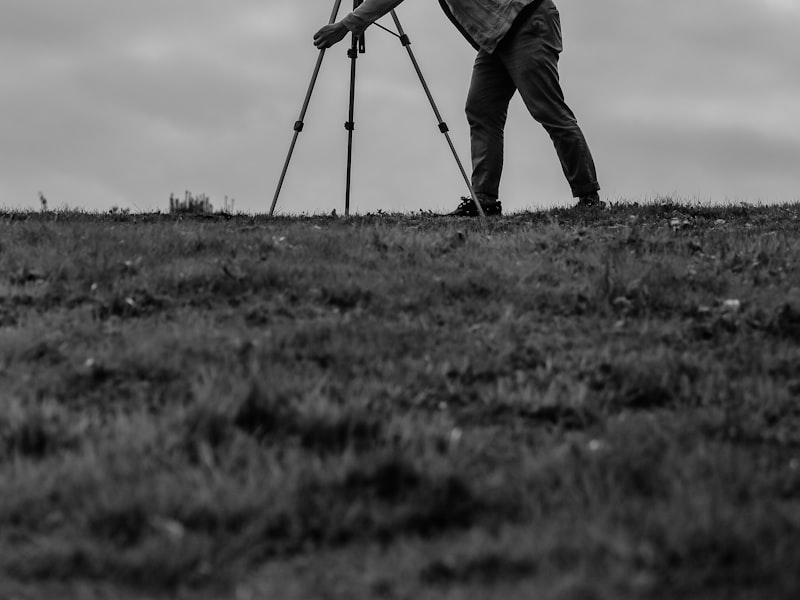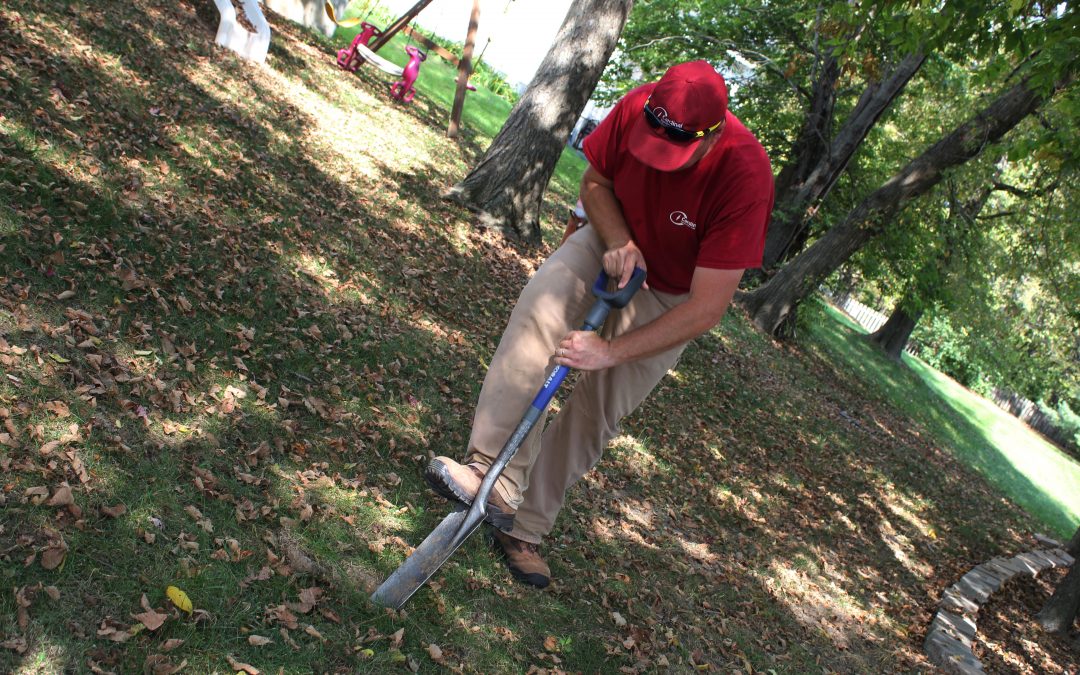Vegetation and Surveying


One in the challenges faced when utilizing traditional land surveying methods is the particular necessity of surveying regions which are covered by simply thick vegetation. Many surveying projects need the measurement associated with such vegetation, whilst most applications require measurement of the terrain itself, instead than the plant life covering this landscape. Topographic surveys might require the way of measuring of vegetation, based on their intended goal.
When on the particular ground, land surveyors may find that traditional surveying machines are blocked by significant trees or some other obstructions. They may possibly be unable to traverse the property because of steep hills, inconvenient fields, or other healthy or man-made capabilities. Combined, these functions may make surveying difficult or perhaps impossible from in the land alone, particularly in undeveloped areas. However, you can find ways around these obstructions which let surveyors to make accurate and exact surveys.
Some methods of surveying can penetrate trees plus groundcover. Among these is LiDAR, a new laser-based method. Because https://topographiclandsurveyorsderbyshire.co.uk/best-land-surveys-derbyshire/ is flown on the area in the airplane, it will be ideal for seriously forested areas exactly where access on feet may be difficult or impossible.
Various other surveying applications, alternatively, require measurement with the vegetation. Similar colossal methods do certainly not penetrate tree surfaces, and therefore can provide an idea in the vegetation while even now allowing the inspector to work from a distance.
One type of surveying, generally known as 'vegetation surveying, ' is especially interested in the particular vegetation found inside a given area. Unlike standard land surveying, vegetation surveying frequently depicts rough restrictions, not strict outlines. Vegetation surveying, or the mapping associated with plant habitats, is usually a valuable instrument for botanists, environment activists, and other planet science applications. Depending upon its intended use, a plant life survey may indicate areas with plant life and those with out, or the varieties of plant and their density and location. These maps may be used to identify sensitive environmental areas (such as wetlands), map the spread of crops, or examine environmental changes following healthy or man-made activities.
In cases in which vegetation surveying will be desirable, measurements might be taken employing aerial methods or perhaps using a surveyor's transit or complete station to assess vegetation height in addition to to lay out some sort of grid of the surfaces, onto which crops can be measured. The same grid can then be used by another surveying crew after a time period of the time to calculate changes in vegetation plus terrain.
While topographical maps may exhibit vegetation or man-made features, an electronic terrain model (also known as some sort of digital elevation model) generally only symbolizes the land topography and even terrain underneath typically the vegetation. Digital surfaces models can be referenced to as bare-earth models, while Electronic digital Surface Models include features such while vegetation.
There are a number regarding surveying methods applied to create topographic surveys or electronic terrain models, such as direct surveying (with a surveyor's flow or total station) or remote sensing technologies such because aerial and satellite tv imagery, LiDAR methods, and photogrammery. Typically the most appropriate approach depends on typically the area being surveyed and the volume and type involving data required. Several surveying methods used to create these types of models, for example palpeur, reflect the greatest height point on a given location, whether this specific is the top rated of the tree or even building or blank ground, while some others are intended with regard to the measurement involving the terrain itself.
